We are glad to present a new release of Verge3D – the Blender version comes first this time. We included several significant improvements in this release, such as basic support for Cycles nodes, puzzles for dragging objects with the mouse or gestures and puzzles for limiting object movement, support for anisotropic filtering for textures, Unicode characters and new settings for constraints. We have also created a new application to demo all these features.
On the road to Blender 2.8: Cycles and Eevee
In view of coming Blender 2.8 update we decided to get prepared beforehand. It is expected that Blender 2.8 will continue to offer the Cycles ray-tracing renderer and will include a new real-time renderer called Eevee. Most Eevee nodes are expected to be interchangeable with Cycles – as such, we have started work on supporting Cycles nodes in addition to the previously available glTF-compliant PBR nodes.
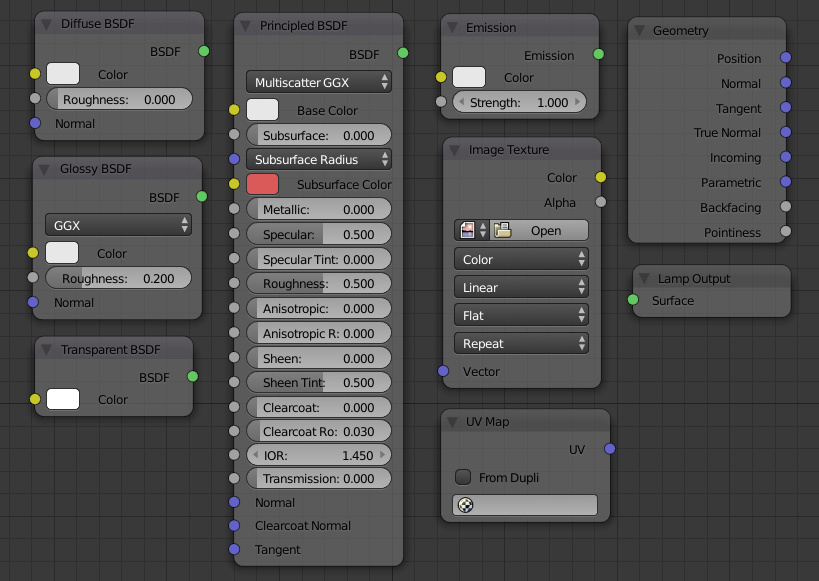
This time we are delivering the following nodes: Diffuse BSDF, Glossy BSDF, Transparent BSDF, Principled BSDF, Emission, Image Texture, UV Map, Geometry, Lamp Output and some others. This obviously is not a complete set of Cycles nodes and we do not support all of their settings yet. Nevertheless, they were sufficient to create the robot demo using Cycles materials exclusively.
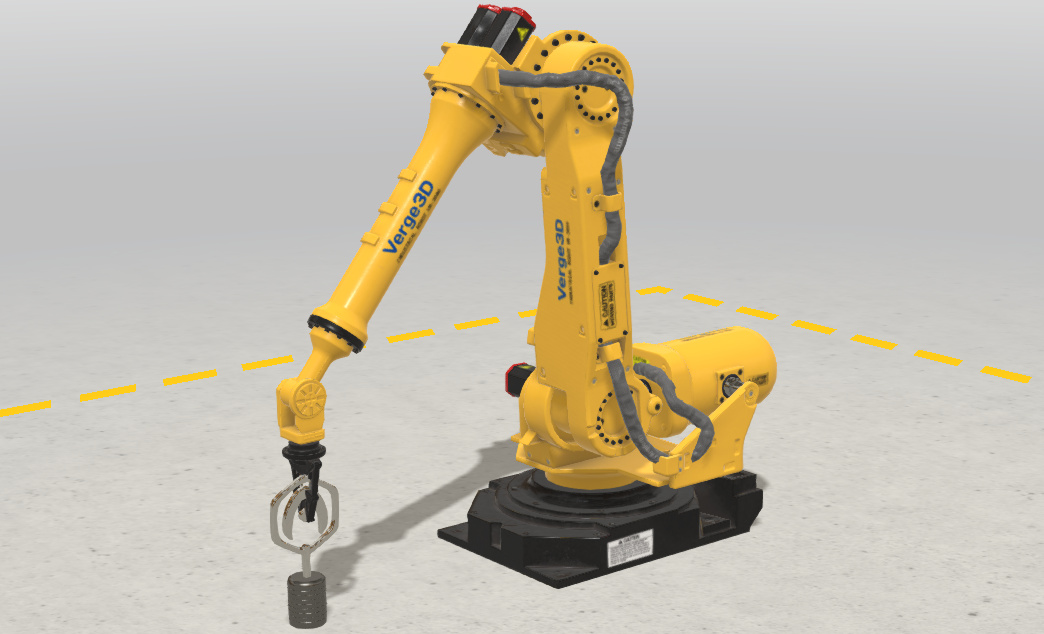
The robot parts are covered with a single PBR material built on top of the Principled BSDF shader. The base color, occlusion-roughness-metallic and the normal textures for this shader were baked in Substance Painter and exported using the glTF preset (see the User Manual for the link to download this preset).
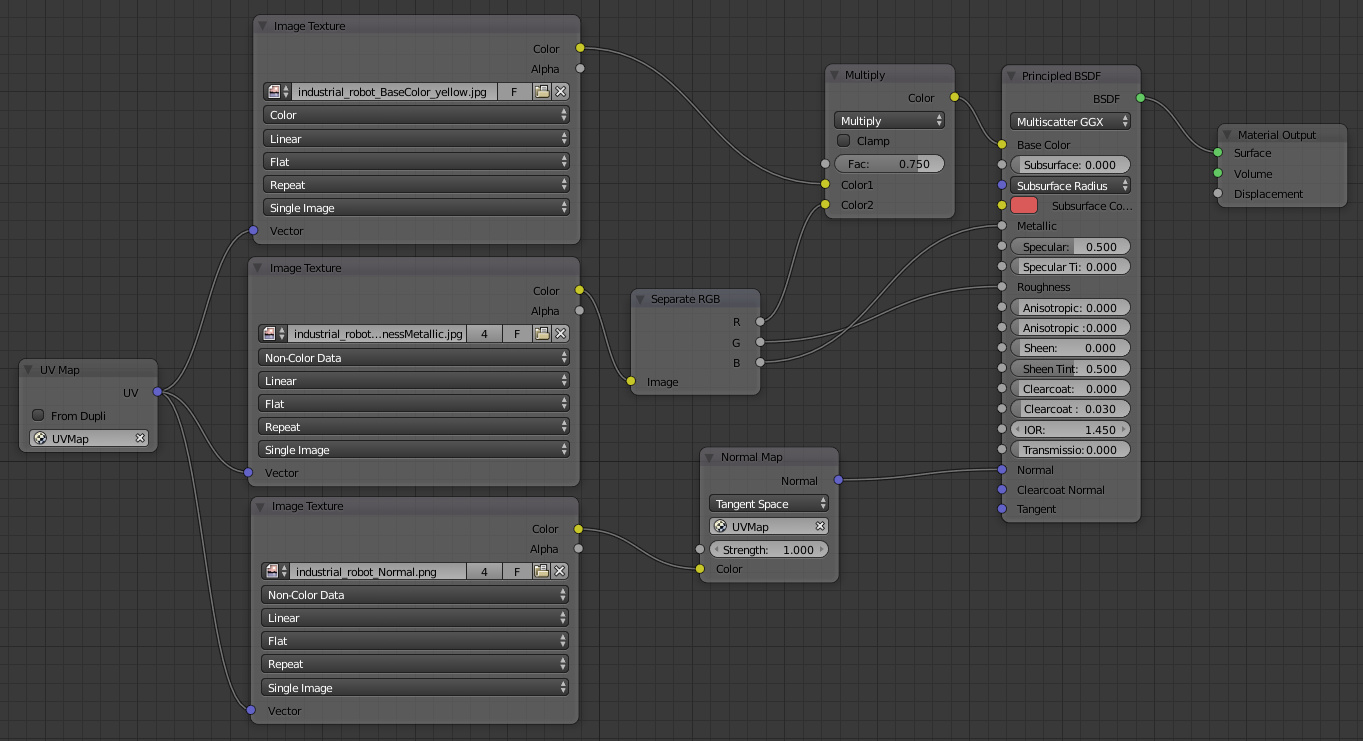
The other material is quite interesting: the welding sparks are implemented with animated Value nodes that add up to the UV coordinates of the atlas.
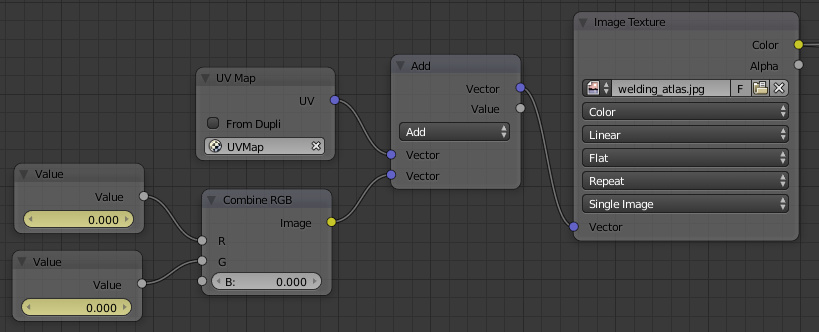
The animation is triggered with Puzzles when the user clicks the corresponding control object, producing amazing sprite sheet animation.
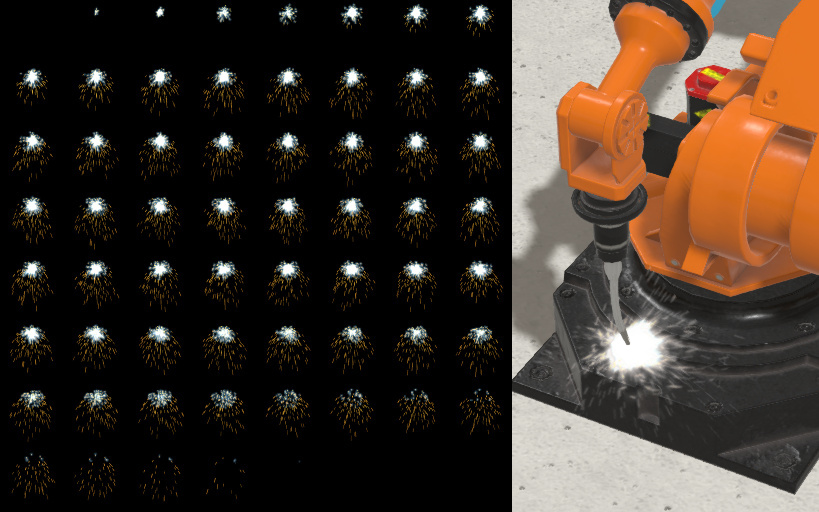
As you can see, some typical scenarios of use are already possible to implement with Cycles. Adding more Cycles nodes to Verge3D is in our plans – as well as the support for Blender 2.8’s Eevee. It is highly likely that we will also create a separate version of the material library to be compatible with the upcoming Blender 2.8 and will distribute it for free to the library owners.
Puzzles
The user can move and rotate the robot as a whole, and position the arm parts by dragging them with the mouse or touch gestures.
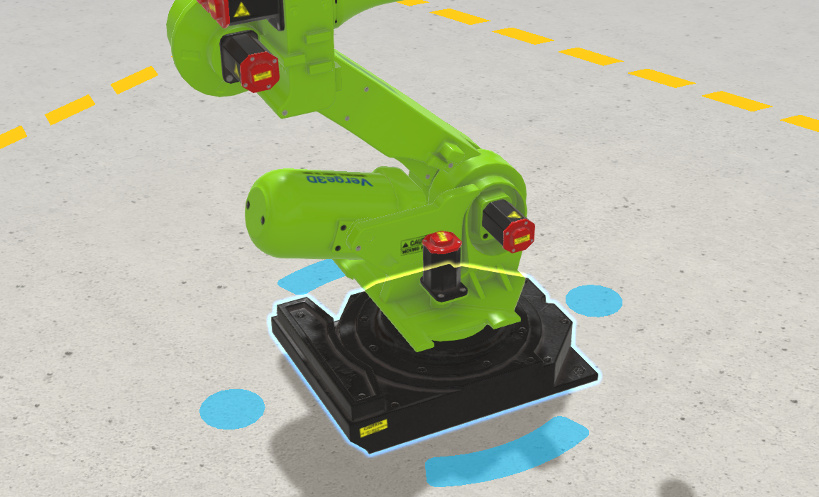
This has been made possible thanks to the new set of “drag” puzzles – so that a non-coder can now create of an entirely new type of an application with Verge3D (interior/furniture, exterior/landscape design customizers, e-learning apps, you name it).
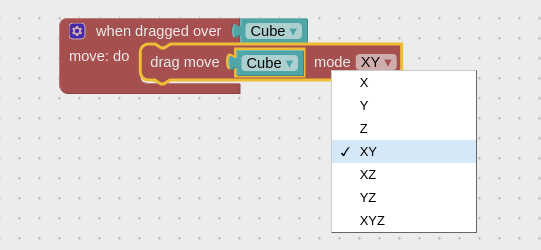
But what about “soft bodies” – non-rigid parts such as pipes and cables that need to be correctly visualized when the user bends the arm? The same question comes up for sophisticated mechanisms like a robot grip.
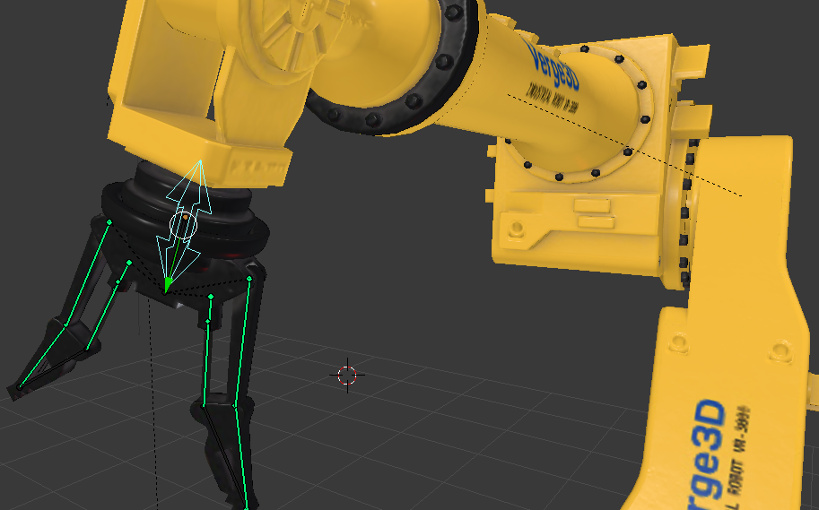
These can be skinned and handled with the new puzzle called set animation frame that secures correct bending/operating depending on the arm part angle – which in turn, can now be obtained with another newly introduced puzzle get transform.

One can imagine more uses for this powerful combination: implementing sliders to morph characters, configuring furniture size, etc.
In real world situations things can not move without restriction. In the robot example the limits were set up using constraint puzzles – which have been also introduced in this version.

By the way, in this version we made all puzzles dealing with object coordinates/angles match the coordinate system of Blender. Even if you’re a math genius this will surely help you save some time.
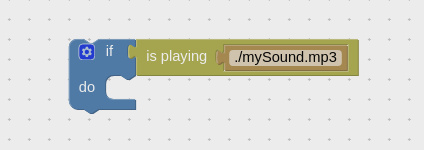
All actions with the robot are accompanied with sounds. To check if a particular sound is currently audible you can use a new puzzle – is playing.
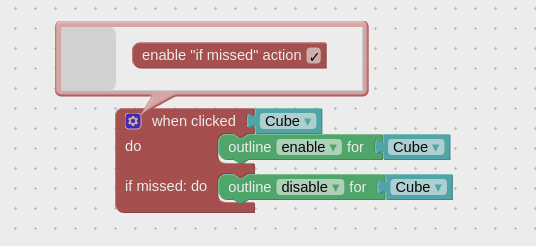
And here is the last but not least thing: you’ll notice the gear icon in the top-right of some puzzles. By clicking this icon you are now able to re-configure a standard puzzle, adding new settings or slots. For example, the when clicked puzzle can now be supplemented with an additional slot for checking if the user missed a particular object.
App Manager
Verge3D’s App Manager obtained several improvements this time:
- Now Unicode characters can be used for file names.
- A warning is printed in case of the incorrect system time, thus avoiding program crash.
- Uploading to the Network has been optimized.
- Minor UI tweaks were made.
- Assets files and HTML files are now sorted.
- Blue icons now always denote HTML files, green icons – glTF files.
Other features
Anisotropic filtering has been supported for textures (see below).
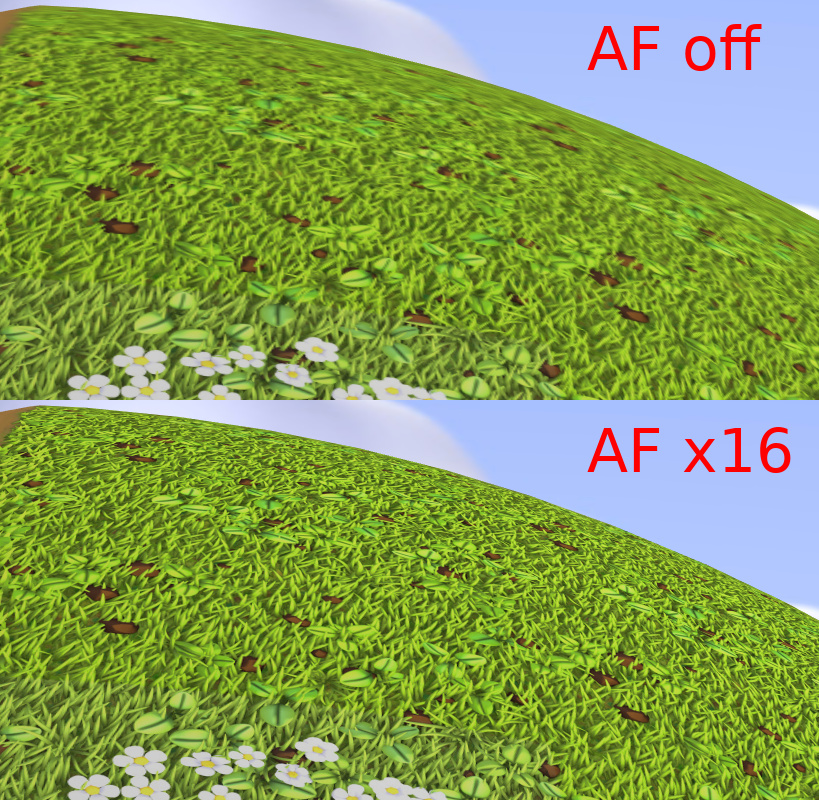
This feature is especially useful when your surfaces are observed at low angles. Anisotropic filtering can be enabled under the Texture tab.
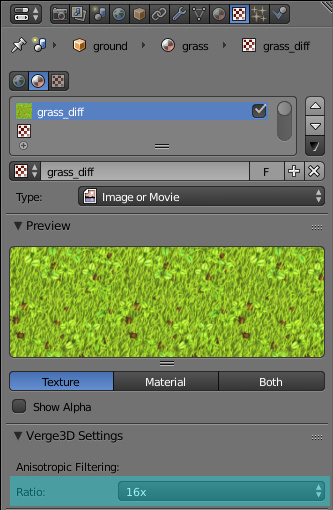
We have reworked the SSAO effect in order to remove self-shadow artifacts. Also transparent background is now working with SSAO.
Reexport operator can now be executed using the space key dialog – which can significantly speed up workflow iterations.
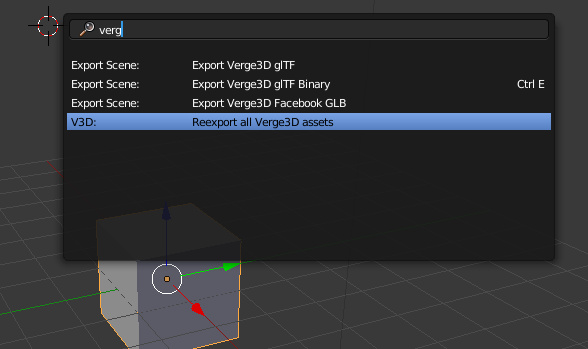
The outlining effect now works for skinning and morphing and also for orthographic cameras.
Unicode characters can now be used for object and animations names.
Track To and Locked Track constraints now work with parented objects, also the Up and Lock settings respectively are now supported for these constraints.
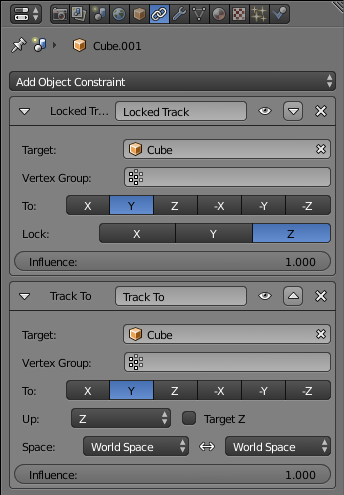
Puzzles editor can now be zoomed with the mouse wheel.
Now a scene without any camera will obtain one upon export based on the current viewport view.
The Beginner’s Guide has been updated in the User Manual to reflect recent changes. Also constraints were documented.
In closing
As always, feel free to leave your feedback in the comments below or on the forums. We hope this release will inspire you to make your own robot!

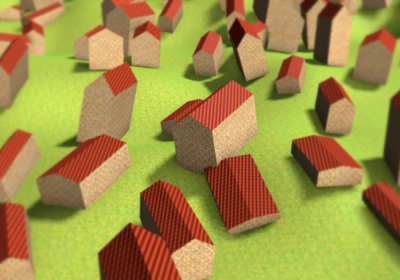
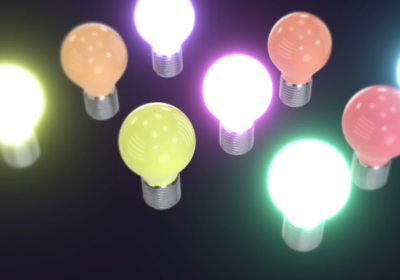
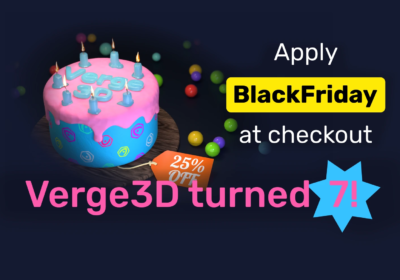
Hello Yuri,
Congratulations, this is quite some development! It is so useful to be able to use the Cycles principled shader instead of the WebGL PBR shader. It means that we can use one blend file for different uses. (Well…, nearly.)
It is still a bit confusing that we have to switch to the Verge3D viewport to do all the V3D settings. With Blender 2.8 and Eevee that probably will all be resolved. Blender and Verge3D are moving fast.
There are a few things I really really miss at the moment: Bloom, lens flare, and Godrays! I know three.js supports that but an easy way to implement it with a few mouse clicks would be really great.
A question: Is there a way to beta test Verge3D for Blender 2.8 when 2.8 is in beta?
Meanwhile, thumbs up for what is already achieved and good luck!
Simone
Hello Simone,
Thanks for the warm words and, of course, for the invaluable feedback! I’ll keep in mind the moments you mentioned so that these could be resolved one day.
As of Blender 2.8, it likely that we’ll be awaiting until the release candidate is out, but may be – may be ;) – if we happen to have spare time we’ll probably take a look a beta.
Cheers!